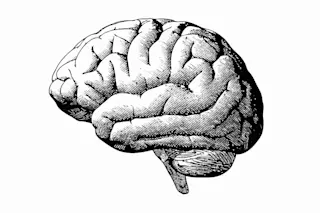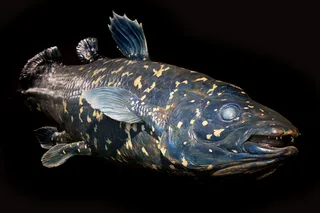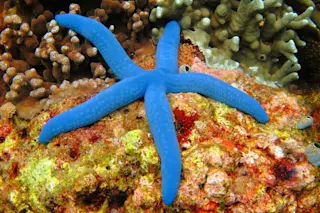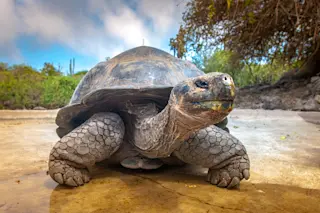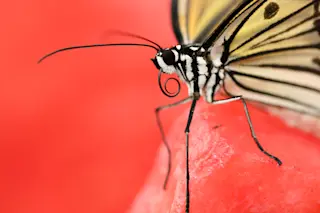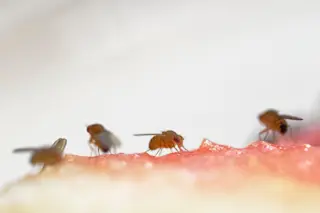Suzana Herculano-Houzel spent most of 2003 perfecting a macabre recipe — a formula for brain soup. Sometimes she froze the jiggly tissue in liquid nitrogen, and then she liquefied it in a blender. Other times she soaked it in formaldehyde and then mashed it in detergent, yielding a smooth, pink slurry.
Herculano-Houzel had completed her Ph.D. in neuroscience several years earlier, and in 2002, she had begun working as an assistant professor at the Federal University of Rio de Janeiro in Brazil. She had no real funding, no laboratory of her own — just a few feet of counter space borrowed from a colleague.
“I was interested in questions that could be answered with very little money [and] very little technology,” she recalls. Even so, she had a bold idea. With some effort — and luck — she hoped to accomplish something with her kitchen-blender project that had bedeviled scientists ...


